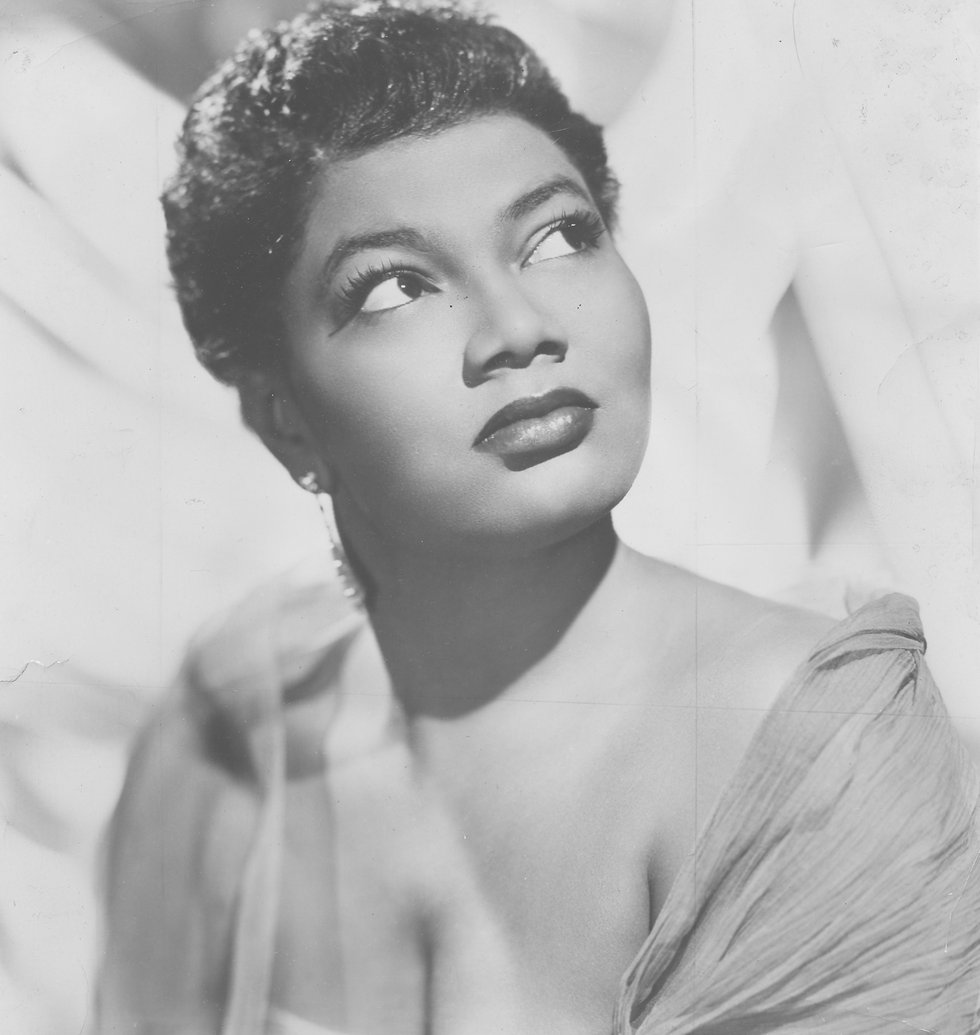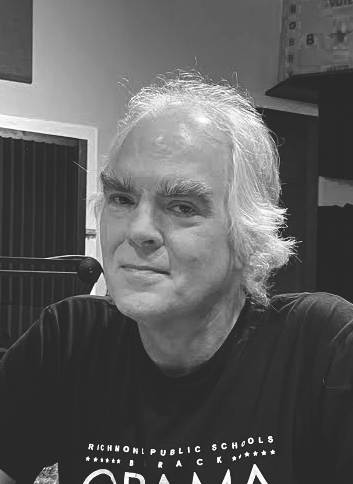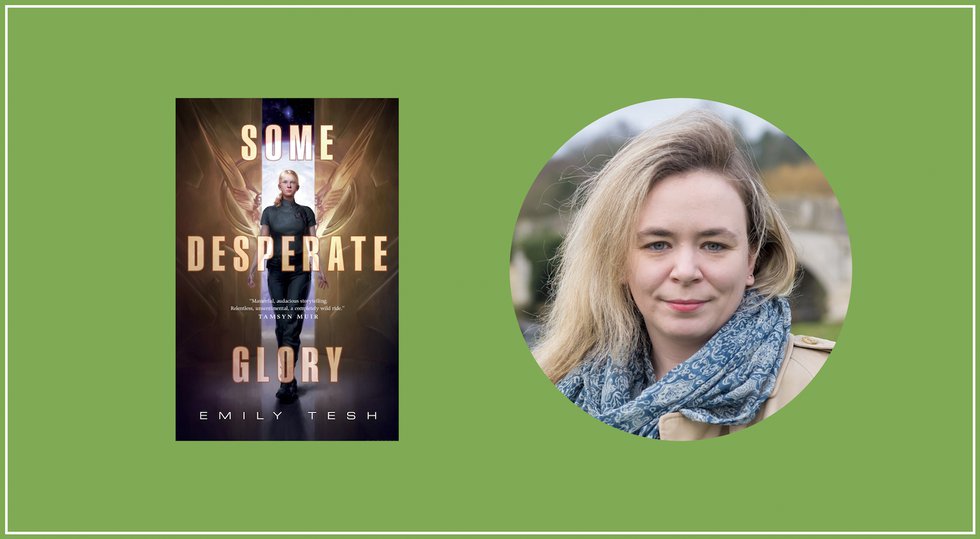Meet some of the state’s most important jazz innovators.

Pearl Bailey
Just as there is a Crooked Road musical trail in Southwest Virginia commemorating the history of our old-time and bluegrass music, we can now chart another, even more expansive, musical trail. The Virginia Jazz Highway is festooned with not a single roadside marker, but it exists on these pages as connected star points on a map, an idea. Take a tour with us, beginning in the far southwestern part of the state, heading east and north. Along the way, each stop identifies the places where artists have made significant contributions to the genre.
Pocahontas
Teddy Weatherford (1903-1945) learned the art of stride piano in New Orleans, and was the first, though certainly not the last, black musician to leave Jim Crow America to ply his craft abroad, eventually finding fame and a longtime stint at Bombay’s Taj Mahal Hotel.
Danville
Singer Ruby Hill (born 1922) wowed as “Della Green” in the 1946 Broadway stage show of St. Louis Woman, singing Harold Arlen and Johnny Mercer classics.
Lawrenceville
Seldon Powell (1928-1997), a tenor saxophonist and flautist who started making music in the late ’40s, was a venerable jazz session player and sideman for five decades, working with hall-of-famers such as Buddy Rich, Hank Crawford, Dizzy Gillespie, Chet Baker and Gerry Mulligan, veering in style from swing to bop to soul-jazz along the way.
Emporia
When he died, guitar master Lawrence Lucie (1906-1997) was the last remaining musician to have played with Duke Ellington at New York’s Cotton Club. During his career, he lent his trademark “on the beat” rhythm fret style to the glory bands of Fletcher Henderson, Benny Carter and Louis Armstrong—he was even best man at one of Armstrong’s weddings.
Portsmouth
Johnny Carson’s favorite deadpan straight man, Tommy Newsom (1929-2007) served for 30 years as saxophonist, and later assistant musical director, of The Tonight Show band.

Bill “Bojangles” Robinson

Keely Smith

Dick Morgan

Ruby Hill
Norfolk
If there’s a Norfolk jazz ambassador, it’s Jae Sinnett, a master drummer, WCVE radio broadcaster, and sparkplug for the region’s jazz scene. His 2016 release, Zero to 60, won national plaudits. In the swing era, Joe Garland (1903-1977) was the sax player of choice for Jelly Roll Morton, Louis Armstrong and others, but his most important contribution may have been co-writing the peerless standard “In The Mood.” Norfolk-born Keely Smith (1928-2017) will always be linked with former husband, and duet partner, Louis Prima, but she was a popular solo vocalist throughout the ’50s and ’60s.
Hampton
Keyboardist Weldon Irvine (1943-2002) wrote the lyrics for the classic anthem, “To Be Young, Gifted and Black” and long served as the bandleader for Nina Simone. He also cut numerous “cosmic” jazz-funk albums in the ’70s, including expansive sets such as Cosmic Vortex – Justice Divine. Prolific composer and saxophonist Rob Brown (born 1962) started honking around Hampton when he was 12 and is known for his experimental, free-jazz collaborations with the likes of Matthew Shipp, William Parker and Daniel Levin.
Newport News
Tiny Grimes (1916-1989), one of the first bop guitarists, made seminal ’40s sides with Charlie Parker and Art Tatum and is credited with creating the first real rock ‘n’ roll record (Tiny’s Boogie) in 1946. Singer and actress Pearl Bailey (1918-1990), a long-beloved star of movies, TV and the stage, also served as Richard Nixon’s “Ambassador of Love” in the U.N. Billy Drummond (born 1959) learned jazz from his jazz drumming father, and has played with jazz legends Sonny Rollins, Horace Silver, Carla Bley and others. Drummond teaches drums at Julliard.
Petersburg
Pianist and bandleader Dick Morgan (1929-2013) became synonymous with Washington D.C.-area jazz music. The Petersburg native taught himself piano at age 10 and became a local pre-teen phenom on the radio. Morgan’s star-crossed orbit would go on to include the likes of Duke Ellington and Frank Sinatra. While he wowed D.C. crowds at night, he earned a Howard University law degree during the day.

Charlie Boyd

Rob Brown

Sheldon Powell

Don Pullen
Richmond
In addition to revolutionizing the art of tap dancing, Bill “Bojangles” Robinson (1878-1949) popularized slang terms like “copacetic.” The quick-footed troubadour also gave others a leg up; one piano accompanist and Richmond native, Louis “Putney” Dandridge (1902-1946), became popular, leading his own band and working with heavy-hitters like guitarist Lonnie Johnson and drummer Cozy Cole. Violinist Joe Kennedy (1923-2004) played with the Modern Jazz Quartet, Benny Carter, Ahmad Jamal and many others, but the Pennsylvania-born musician is best known as an educator—he was Virginia Tech’s director of jazz studies for years and, while living in RVA, founded the Richmond Jazz Society. Saxophonist Plunky Branch has built an international following with his prolific fusion group, The Oneness of Juju and opened for everyone from Sun Ra to B.B. King.
Charlottesville
Many only knew Hod O’Brien (1926-2016) as a local cocktail player, but the jazz world knew who the fluid bop pianist was. O’Brien also wrote Have Piano, Will Swing, an entertaining book about living the jazz life with heavies like Chet Baker and Stan Getz. Hard-bop trumpeter John D’earth (born 1950) has long been at the center of the C-Ville jazz scene, performing with everyone from Lionel Hampton to Dave Matthews. He also serves as director of jazz performance at the University of Virginia.
Culpeper
Longtime sideman Clifton Luther “Cliff” Jackson (1902-1970) was a stride piano player so forcefully rhythmic that his technique was studied in a book, Jazz: The Left Hand by Riccardo Scivales.
Aldie
Al Grey (1925-2000) supplied the trombone for Count Basie and Dizzy Gillespie and recorded with Ella Fitzgerald and Tony Bennett. Grey wrote a book, Plunger Techniques, about his distinctive muting tricks, which involved a plumbing plunger.
Alexandria
Claude Hopkins (1903-1984), a talented stride piano player, and unheralded jazz pioneer, led one of America’s most famous bands in the ’30s. His big break came in 1925 as Josephine Baker’s European musical director, and his later ensembles enjoyed long stints at New York’s Cotton Club and the Savoy.
This article originally appeared in the February 2018 issue. Click here to read our feature on the full history of jazz in Virginia: meet the artists, read profiles and watch performance videos and interviews.








